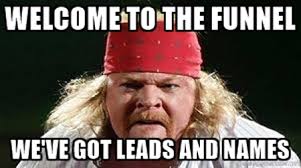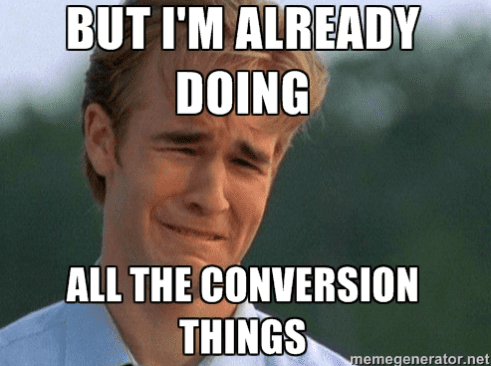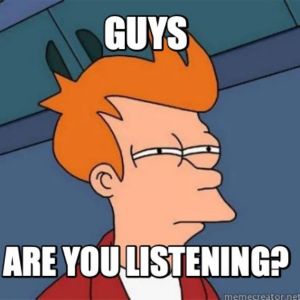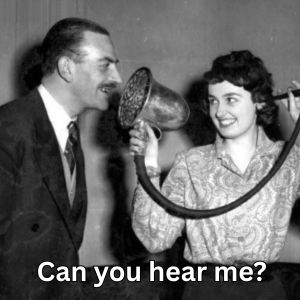Understanding Social Proof Mechanism
A Social Proof Mechanism is a psychological and marketing strategy that leverages the behavior and opinions of others to influence individual decision-making. Rooted in the principle that people tend to follow the actions of the majority, this mechanism builds trust and credibility by showcasing evidence that others have made similar choices. In marketing, social proof mechanisms are employed to reduce uncertainty and encourage conversions by highlighting positive experiences from existing customers or users.
Example in a Sentence:
Implementing a social proof mechanism, such as displaying customer testimonials, increased the website’s conversion rate by 25%.

Why Social Proof Mechanisms Matter
In an era where consumers are inundated with choices, social proof mechanisms serve as a powerful tool to guide decision-making. Here’s why they are essential:
- Builds Trust: Seeing others endorse a product or service instills confidence in potential customers.
- Reduces Uncertainty: Testimonials and reviews provide reassurance about the quality and reliability of an offering.
- Enhances Credibility: Endorsements from experts or influencers lend authority to a brand.
- Encourages Conversions: Highlighting popular choices or bestsellers can nudge customers toward making a purchase.
- Amplifies Reach: User-generated content and shares expand brand visibility organically.
Best Practices
1. Showcase Customer Testimonials
Feature genuine feedback from satisfied customers to build trust and authenticity.
2. Display User Reviews and Ratings
Incorporate star ratings and detailed reviews to provide insights into customer experiences.
3. Highlight Endorsements
Leverage endorsements from industry experts or influencers to add credibility.
4. Utilize Social Media Mentions
Share user-generated content and mentions to demonstrate real-world usage and satisfaction.
5. Show Real-Time Activity
Display live updates, such as recent purchases or sign-ups, to create a sense of urgency and popularity.
More Definitions
(From the Sales & Marketing Jargon Encyclopedia)
- Behavioral Targeting – A marketing strategy that focuses on using a customer’s online behavior to show them personalized ads.
- Behavior-Driven Marketing – A strategy where businesses focus on understanding and responding to how customers behave.
- Behavioral Triggers – Psychological cues or stimuli that prompt individuals to take specific actions.
- Workflows Automation – Boost efficiency and scale smarter with workflows automation—streamline tasks, reduce errors, and optimize every business process.
Useful Posts
(From the Sales Funnel Professor Blog)
👉 How to Set Up Effective Trigger-Based Email Campaigns
Learn step-by-step how to create and implement trigger-based email campaigns that drive results.
👉 Maximizing Engagement with Behavioral Email Marketing
Discover strategies to enhance customer engagement through behaviorally targeted emails.













